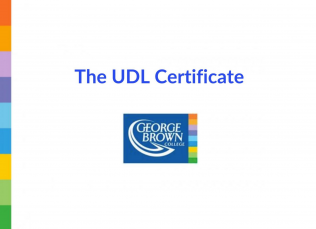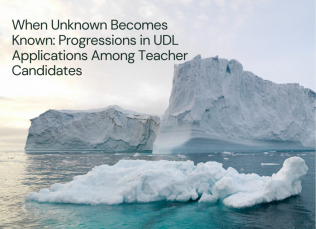
The UDL Certificate Pilot
The Universal Design for Learning (UDL) Certificate is designed to engage professors in self-directed learning, interactive group learning, one-on-one coaching, and peer-to-peer sharing activities, as they work through understanding and applying the UDL framework at progressively deeper levels.
The Universal Design for Learning (UDL) Certificate is designed to engage professors in self-directed learning, interactive group learning, one-on-one coaching, and peer-to-peer sharing activities, as they work through understanding and applying the UDL framework at progressively deeper levels. The certificate is designed to leverage and connect UDL expertise across the college to support sustainable adoption. We compare this long-term goal to the growth of the ‘rhizome’. Participants will be encouraged to reflect on how aspects of this model could be implemented at their own institutions.
Session Video Recording
Slide Deck (PDF) (PowerPoint)
Interactive Notes Document
Share this resource:
Posted date:
January 24, 2022

